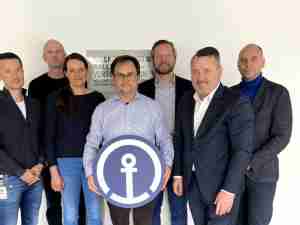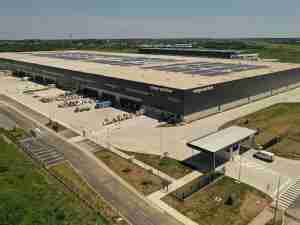The explosive rise in transportation costs has made freight spend management a priority. But automating the audit and payment process has proven difficult -- if not impossible -- for most companies because the data feeds from transportation service providers are so wide-ranging in format and data quality. There is no standard. Aberdeen Research estimates that 73% of freight invoices are paper based.
"There has long been the notion of getting all carriers to adhere to one standard, one format. That is a pipe dream. It is na've to assume an entire global industry would conform to a single universal standard," said Andy Stinnes, VP of products and strategy at GT Nexus. "GT Nexus allows carriers to provide data in whatever format and taxonomy they prefer -- and then we standardize it. Our internal standard can then easily be mapped back into whatever format a customer's internal system requires."
In December 2005, GT Nexus first introduced its integrated freight audit solution. That capability enables shippers to compare the rates in their carrier service contracts with freight invoices that are collected directly from the carrier systems. Invoice standardization makes it even easier to automate the capture, correction, validation and analysis of global freight charges, so that customers can further improve on their transportation cost management programs.
"Research studies estimate that it costs about $10 to manually process a single freight invoice. But automation is prohibitively expensive because until now, shippers had to build their own network and integrate all of their transportation providers," added Stinnes. "GT Nexus has already built the network and is now amortizing that investment across hundreds of customers. Whether it's container events or freight invoices, all customers have a cost-effective way to fuel their technology initiatives with clean, standardized data from all partners. Now we are making that infrastructure and know-how available to customers and their IT landscapes via web services."
Carriers also benefit from streamlining the process.
"We are very committed to supporting our customers through GT Nexus," said John Gurrad, VP of business planning at MOL America. "We connected our systems to GT Nexus once, and use that integration to support thousands of customers. The portal has proven to be an effective way to get accurate billing information quickly to multiple customers."
The GT Nexus portal combines a global network of importers, exporters, suppliers, carriers, 3PLs, brokers and banks with hundreds of Web-based capabilities. The data standardization capabilities fuel GT Nexus applications like visibility, trade document automation, landed costs and freight spend management. But some customers also tap into the portal to power their own systems with cleansed, industry standard data. All the required functionality is exposed via Web Services making GT Nexus applications and the network "callable" from any outside solution, independent of programming languages or operating systems.
"This is just one more example of the kind of innovation the industry has come to expect from GT Nexus," said Alan Chester, VP global transportation at Williams Sonoma Inc. "Without a pragmatic, proven approach to standardizing the data that logistics partners rely on, no supply chain process can truly be automated. GT Nexus continues to build on its technology foundation, and the industry continues to reap the rewards."





_-_28de80_-_d88095865f9f1cbb4ecdd37edf61c63efd603428_lqip.png)

